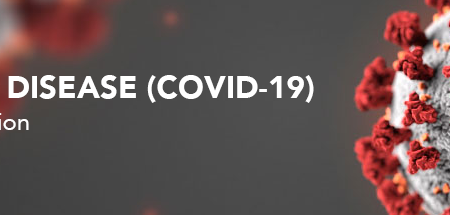Provider Alert! Annual Chlamydia Screening Reminder
Date: September 1, 2023
Attention: OBGYNs and Primary Care Providers
Annual chlamydia screening is recommended for all sexually active women ages 16 to 24, as well as older women with risk factors such as new or multiple sex partners, or a sex partner who has a sexually transmitted infection. Nucleic Acid Amplification Tests (NAATs) are the most sensitive tests, and can be performed on easily obtainable specimens, such as urine or vaginal swabs clinician- or patient-collected).
Why it matters:
Chlamydia is the most commonly reported bacterial sexually transmitted disease in the United States. It occurs most often among adolescent and young adult females. Untreated chlamydia infections can lead to potentially serious and irreversible complications, including pelvic inflammatory disease (PID), infertility and increased risk of becoming infected with Human Immunodeficiency Virus (HIV). Screening is important, as approximately, 75% of chlamydia infections in women and 95% of infections in men are asymptomatic, resulting in treatment delays. Source: https://www.ncqa.org/hedis/measures/chlamydia-screening-in-women/
How is chlamydia diagnosed?
There are a number of diagnostic tests for chlamydia, including NAATs, cell culture, and others. NAATs are the most sensitive tests, and can be performed on easily obtainable specimens, such as vaginal swabs (either clinician- or patient-collected) or urine.
Which tests do I use? Examples of NAATs include APTIMA® COMBO2 Assay (GEN-PROBE), CT APTIMA®, and CT TMA.
How do I collect the specimen?
Vaginal swabs, either patient- or clinician-collected, are the optimal specimen to screen for genital chlamydia using NAATs in females. Self-collected vaginal swab specimens perform as well as other approved specimens using NAATs. In addition, patients may prefer self-collected vaginal swabs or urine-based screening to the more invasive endocervical specimens.
Urine is also an effective alternative specimen type for females and males. Adolescent girls may be particularly good candidates for self-collected vaginal swab or urine-based screening because pelvic exams are not indicated if they are asymptomatic.
Patient guidance for sample collection:
- Urine sample — do not urinate for 1 hour before a urine sample is collected; the specimen should be obtained as the FIRST portion of the void. The first 20-30ml should be collected in a urine collection cup free of preservatives; the labial area should NOT be cleansed prior to obtaining the specimen.
- Vaginal/Cervical sample — Women should not douche or use vaginal creams or medications for 24 hours before having the test.
Billing guidance:
Providers should direct TCHP members to an in network lab. To search for an in network lab click here: https://www.texaschildrenshealthplan.org/find-a-provider.
- The CPT code for the NAAT testing is 87491.
- Other CPT Codes for chlamydia testing/screening include: 87110 and 87270
Next step for Providers:
Providers should refer applicable patients to our new Young Adult Landing Page available here, www.texaschildrenshealthplan.org/youngadult for more information on transitioning to adulthood, wellness visits, sexual health, mental wellness, our Value-Added Services program, and other topics affecting the 16-21 year old population.
Providers must report positive chlamydia results to the state of Texas. For information regarding Texas’ STD Reporting Requirements, go to https://www.dshs.state.tx.us/hivstd/healthcare/reporting.shtm
If you have any questions, please email Provider Relations at: providerrelations@texaschildrens.org.
For access to all provider alerts,log into:
www.thecheckup.org or www.texaschildrenshealthplan.org/for-providers.





